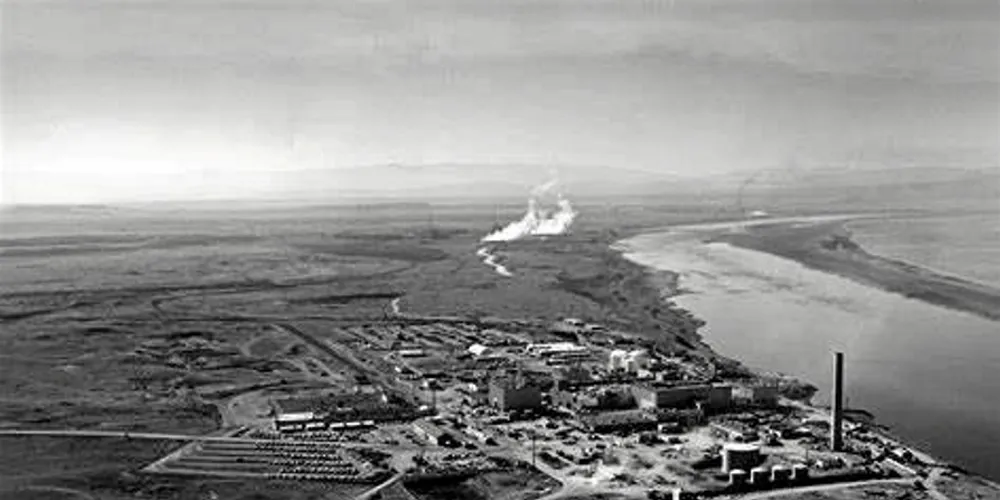'Ravenous to partner with you'| US to lease former atomic lands for clean energy projects
The US Department of Energy touts the opportunity as 'huge' for the private sector and will solicit lease proposals in the coming months

The US Department of Energy touts the opportunity as 'huge' for the private sector and will solicit lease proposals in the coming months
